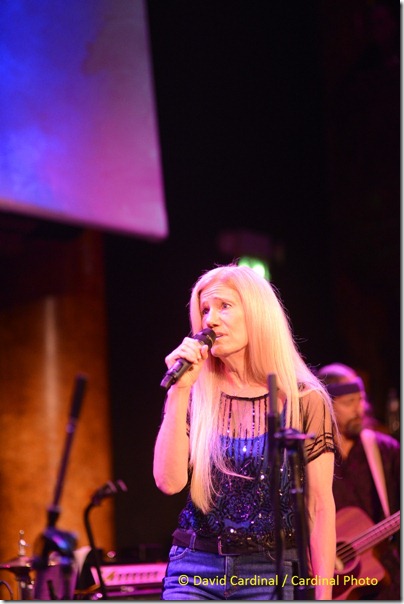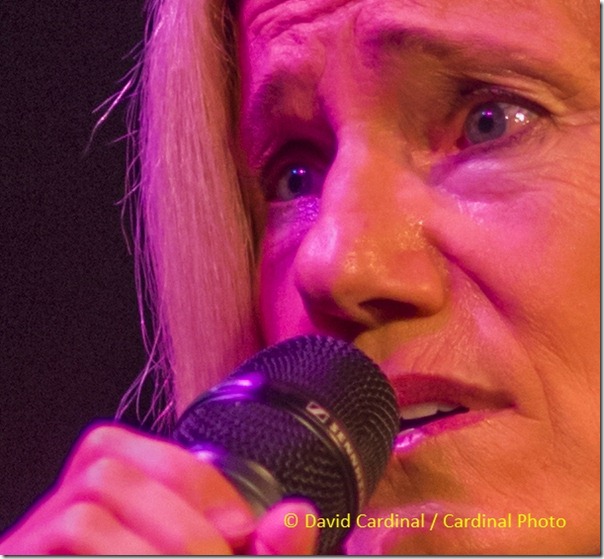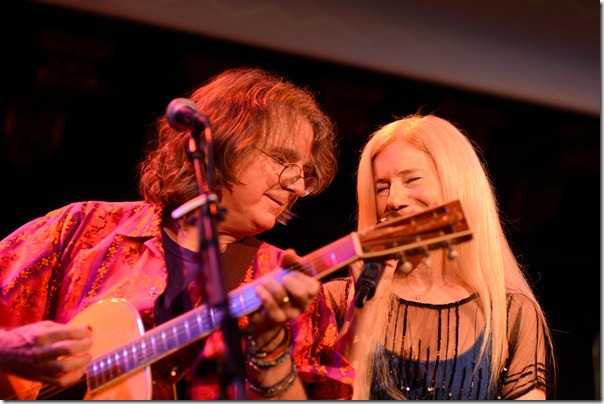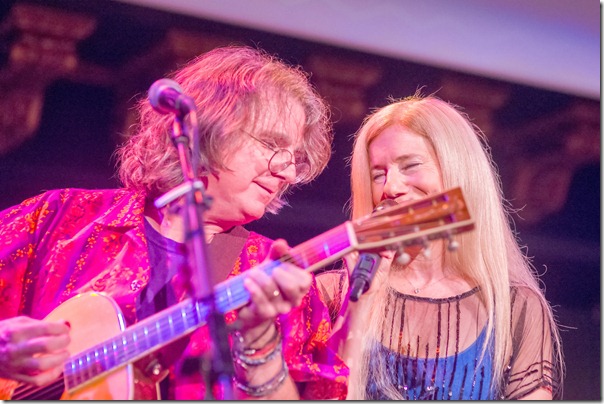- Photo Safaris
- Alaska Bears & Puffins World's best Alaskan Coastal Brown Bear photo experience. Small group size, idyllic location, deluxe lodging, and Puffins!
- Participant Guestbook & Testimonials Candid Feedback from our participants over the years from our photo safaris, tours and workshops. We don't think there is any better way to evaluate a possible trip or workshop than to find out what others thought.
- Custom Photo Tours, Safaris and Personal Instruction Over the years we've found that many of our clients & friends want to participate in one of our trips but the dates we've scheduled just don't work for them or they'd like a customized trip for their family or friends.
- Myanmar (Burma) Photo Tour Myanmar (Burma) Photo Tour December 2017 -- with Angkor Wat option
- Reviews Go hands-on
- Camera Reviews Hands-on with our favorite cameras
- Lens reviews Lenses tested
- Photo Accessories Reviews Reviews of useful Photo and Camera Accessories of interest to our readers
- Useful Tools & Gadgets Handy tools and gadgets we've found useful or essential in our work and want to share with you.
- What's In My Camera Bag The gear David Cardinal shoots with in the field and recommends, including bags and tools, and why
- Articles About photography
- Getting Started Some photography basics
- Travel photography lesson 1: Learning your camera Top skills you should learn before heading off on a trip
- Choosing a Colorspace Picking the right colorspace is essential for a proper workflow. We walk you through your options.
- Understanding Dynamic Range Understanding Dynamic Range
- Landscape Photography Tips from Yosemite Landscape Photography, It's All About Contrast
- Introduction to Shooting Raw Introduction to Raw Files and Raw Conversion by Dave Ryan
- Using Curves by Mike Russell Using Curves
- Copyright Registration Made Easy Copyright Registration Made Easy
- Guide to Image Resizing A Photographers' Guide to Image Resizing
- CCD Cleaning by Moose Peterson CCD Cleaning by Moose Peterson
- Profiling Your Printer Profiling Your Printer
- White Balance by Moose Peterson White Balance -- Are You RGB Savvy by Moose Peterson
- Photo Tips and Techniques Quick tips and pro tricks and techniques to rapidly improve your photography
- News Photo industry and related news and reviews from around the Internet, including from dpreview and CNET
- Getting Started Some photography basics
- Resources On the web
- My Camera Bag--What I Shoot With and Why The photo gear, travel equipment, clothing, bags and accessories that I shoot with and use and why.
- Datacolor Experts Blog Color gurus, including our own David Cardinal
- Amazon Affiliate Purchases made through this link help support our site and cost you absolutely nothing. Give it a try!
- Forums User to user
- Think Tank Photo Bags Intelligently designed photo bags that I love & rely on!
- Rent Lenses & Cameras Borrowlenses does a great job of providing timely services at a great price.
- Travel Insurance With the high cost of trips and possibility of medical issues abroad trip insurance is a must for peace of mind for overseas trips in particular.
- Moose Peterson's Site There isn't much that Moose doesn't know about nature and wildlife photography. You can't learn from anyone better.
- Journeys Unforgettable Africa Journeys Unforgettable -- Awesome African safari organizers. Let them know we sent you!
- Agoda International discounted hotel booking through Agoda
- Cardinal Photo Products on Zazzle A fun selection of great gift products made from a few of our favorite images.
- David Tobie's Gallery Innovative & creative art from the guy who knows more about color than nearly anyone else
- Galleries Our favorite images
Nikon D600 torture test: Onward at the Great American Music Hall with my Sigma 85mm f/1.4 lens
Nikon D600 torture test: Onward at the Great American Music Hall with my Sigma 85mm f/1.4 lens
Submitted by David Cardinal on Fri, 10/05/2012 - 14:06
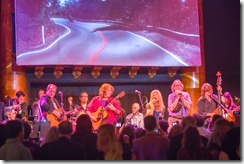 Indoor music events are a great way to test out cameras and lenses. Last nights awesome Onward event at the Great American Music Hall was no exception. Stage lighting pushed me to ISO 3200, even with my Sigma 85mm f/1.4 lens open to f/1.7. Of course the light was also designed to look good in person, not to be easy for a camera to sort out. So as not to get in people’s way, the longest lens I took was 85mm, so the resulting images would also need cropping. All in all, a perfect way to test out my Nikon D600 and Adobe’s brand new raw support. Here’s what I came up with …
Indoor music events are a great way to test out cameras and lenses. Last nights awesome Onward event at the Great American Music Hall was no exception. Stage lighting pushed me to ISO 3200, even with my Sigma 85mm f/1.4 lens open to f/1.7. Of course the light was also designed to look good in person, not to be easy for a camera to sort out. So as not to get in people’s way, the longest lens I took was 85mm, so the resulting images would also need cropping. All in all, a perfect way to test out my Nikon D600 and Adobe’s brand new raw support. Here’s what I came up with …
Noise, what noise?
The first thing that impressed me about the Nikon D600 images was the low noise. Even without playing any downsampling tricks in Camera Raw, the resulting images were pixel for pixel much higher quality than the ISO 3200 versions I shot a couple weeks ago at a Foxfield Four concert with my Nikon D700, although some of those were shot at ISO 6400. That said, the D700 images cleaned up very nicely, so the versions you see online reflect the noise reduction capabilities of Noise Ninja as well.
The D600 images were remarkably clean, even with very limited post-processing. Below I’ve shown an image shot at ISO 3200 of Atomic Ann singing, and a pixel-for-pixel section of her face, with only the default noise reduction in Adobe Camera Raw applied:
Plenty of focus speed
One of the “knocks” on the D600 has been that it uses a lower-end AF chip than its more expensive (and larger) cousins. In actual use though, I haven’t found this to be a problem at all. The concert was no exception. The camera focused accurately and quickly, even in the low light and with quite a number of performers, and a lot of equipment, on state. Especially when I was shooting at f/1.7 accurate focus was crucial since the DOF is measured in inches at that point.
Adobe’s Raw code, the good and the needs work…
Adobe is the first to point out that Nikon D600 support in Lightroom 4.2 and Camera Raw 7.2 is preliminary (read rushed). For all that, it did a great job with the tonal values and highlight recovery on the images I have tried it with. I was shooting Raw+JPEG so I could compare Nikon’s default camera processing with Adobe’s code. Without exception, Adobe did a better job of overall tonal rendering than the default camera settings.
However, white balance was another story. Overall white balance, and in particular the correct white balance for skin tones was very difficult to achieve in Adobe’s software. It wasn’t that there was no way to make the images look good, but it was very hard to get them to look the way I remembered them, and that the camera captured them as shown in the camera JPEGs. That’s always been a bit of a problem for Nikon cameras in Adobe, since Nikon doesn’t exactly share its “secret sauce” with Adobe. For most cameras Adobe has pretty much caught up, but for the D600 it still clearly has some work to do.
Below I’ve tried to present an example. It’s a little hard, since of course the stage lights are highly colored and I can’t teleport you to the event to compare for yourself, but the first image is the camera JPEG version, while the second was how Adobe rendered it:
My problem with the mode dial
One trend in mid-range cameras is to stuff a lot of the camera functions onto the back of the camera in a row of buttons. Unfortunately the addition of a mode dial in the D600 has forced the ISO and White Balance buttons off the top of the camera. When they were on the top of the camera, it was easier to "remember” where they were and change them without taking your hands off the camera. Now that they are on the back of the camera, it is necessary to move at least one hand, and possibly to look at the rear of the camera if you can’t find all five buttons from memory. In the dark, it may even require pulling out a small light. Of course, once I get used to where the buttons are, this is not a huge deal, but for me I’d be fine with them dumping the mode dial (and leaving only a Mode button which is used with a control dial, like on the D700 and other pro DSLRs) and putting back the WB and ISO buttons on top.
See for yourself
Below is a slideshow of some of the images from the concert. The only post-processing they’ve had is my standard action that runs Noise Ninja & nik Raw Sharpener, plus cropping – although in one case I did clone out a neon green Exit sign![]()
- Log in to post comments

